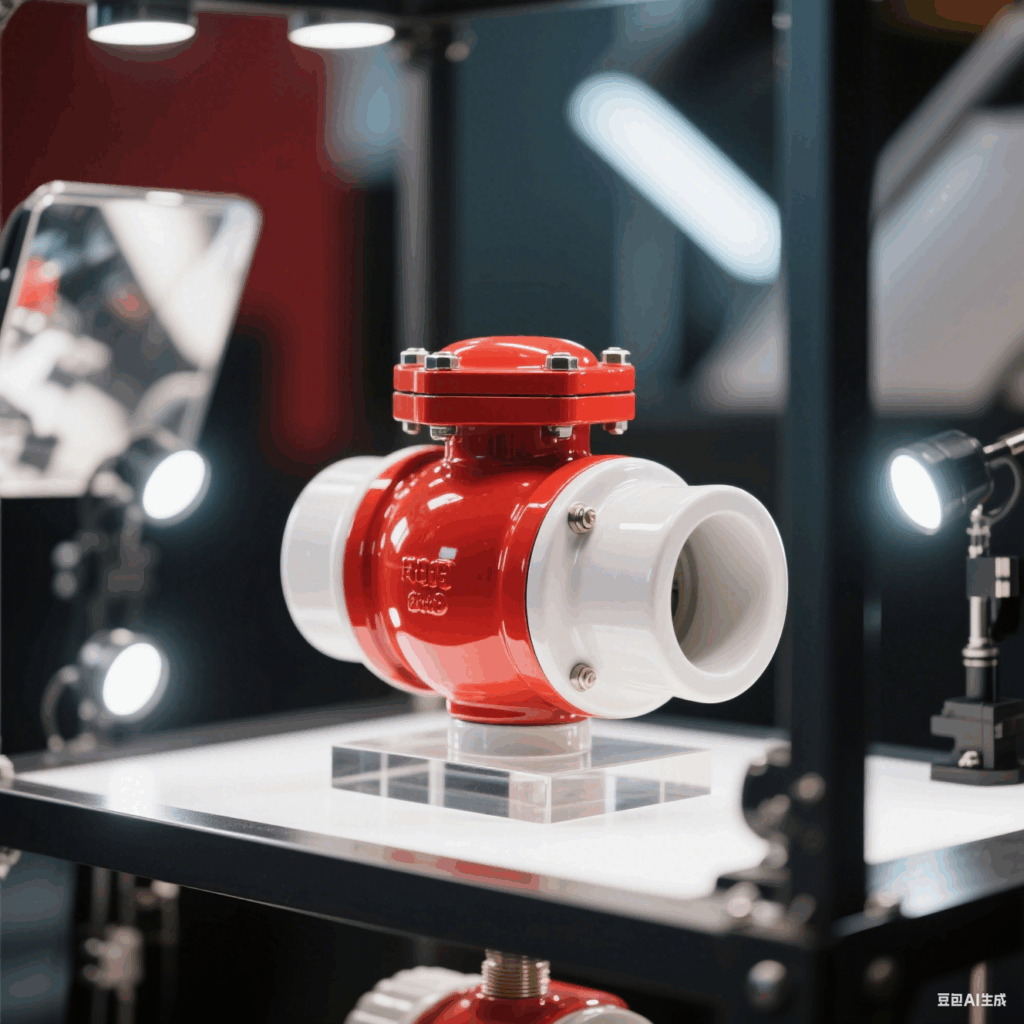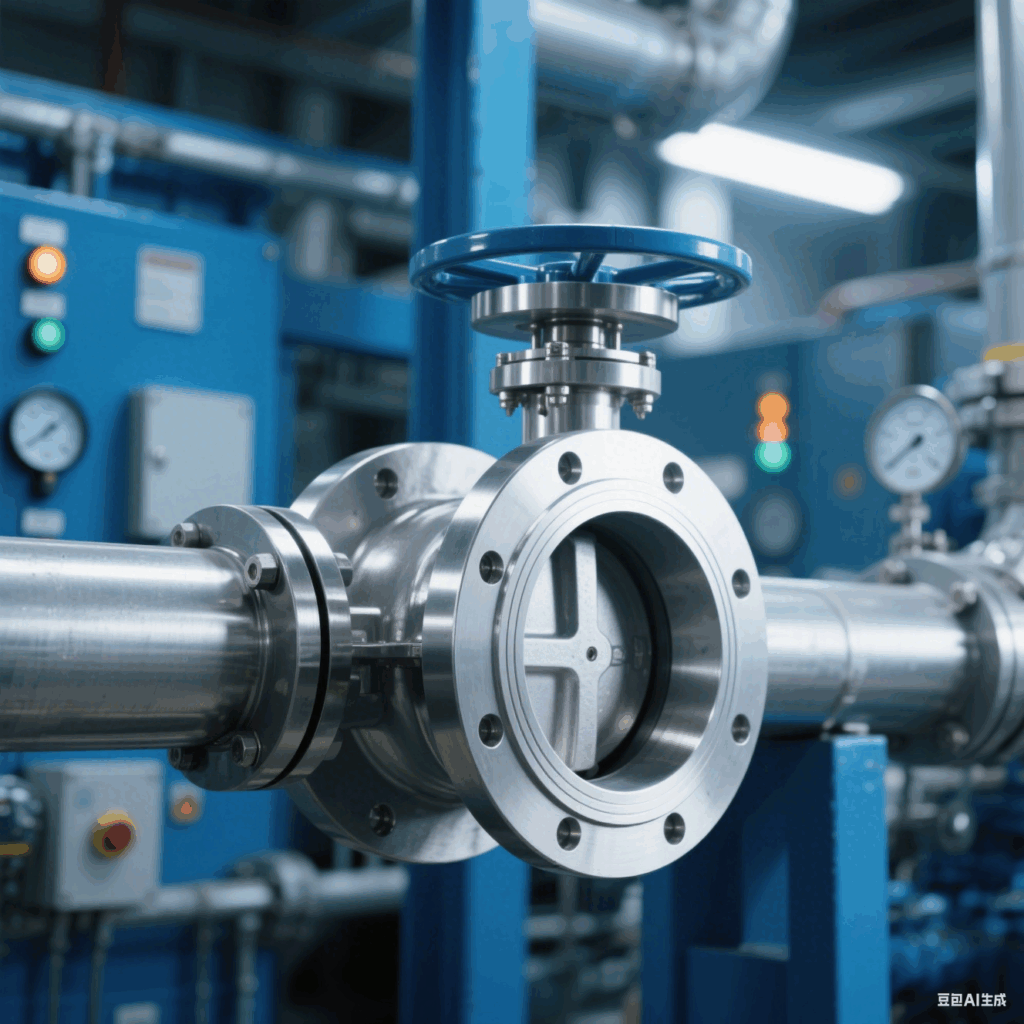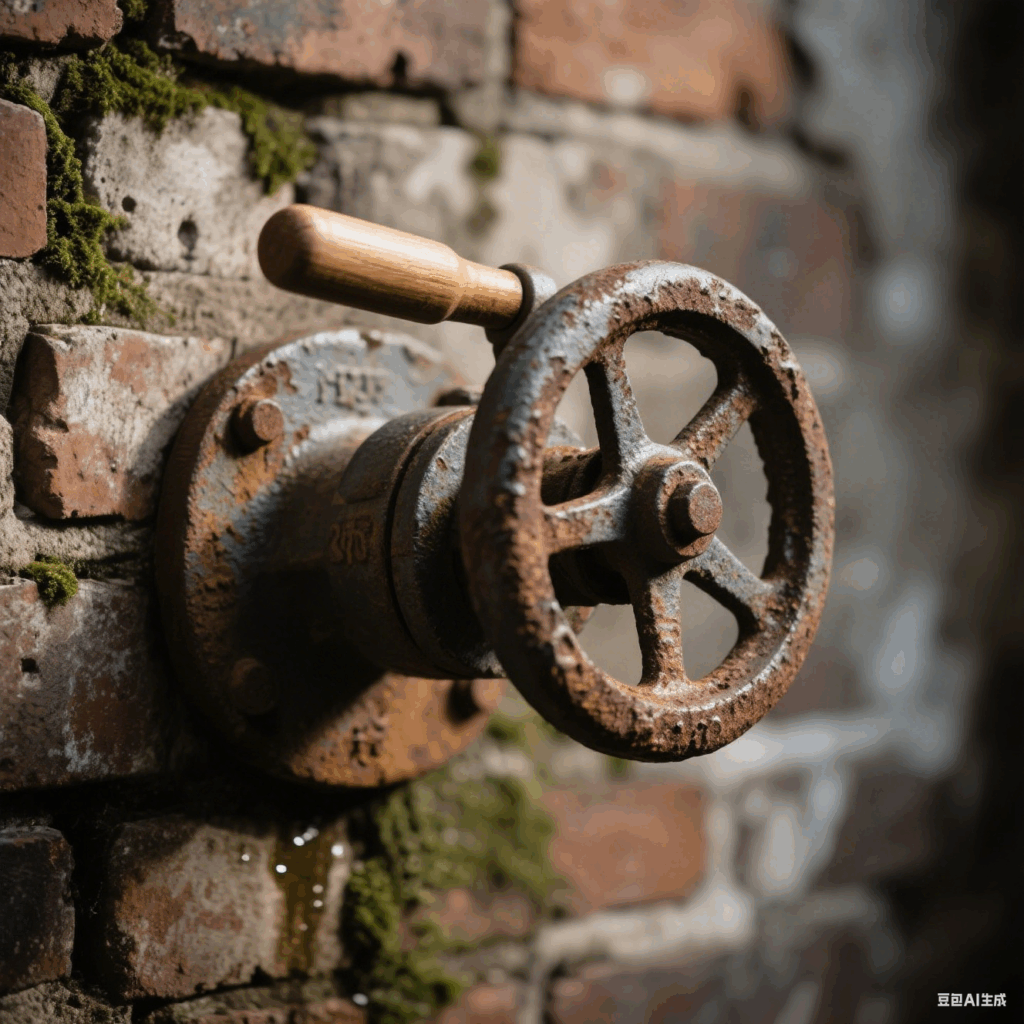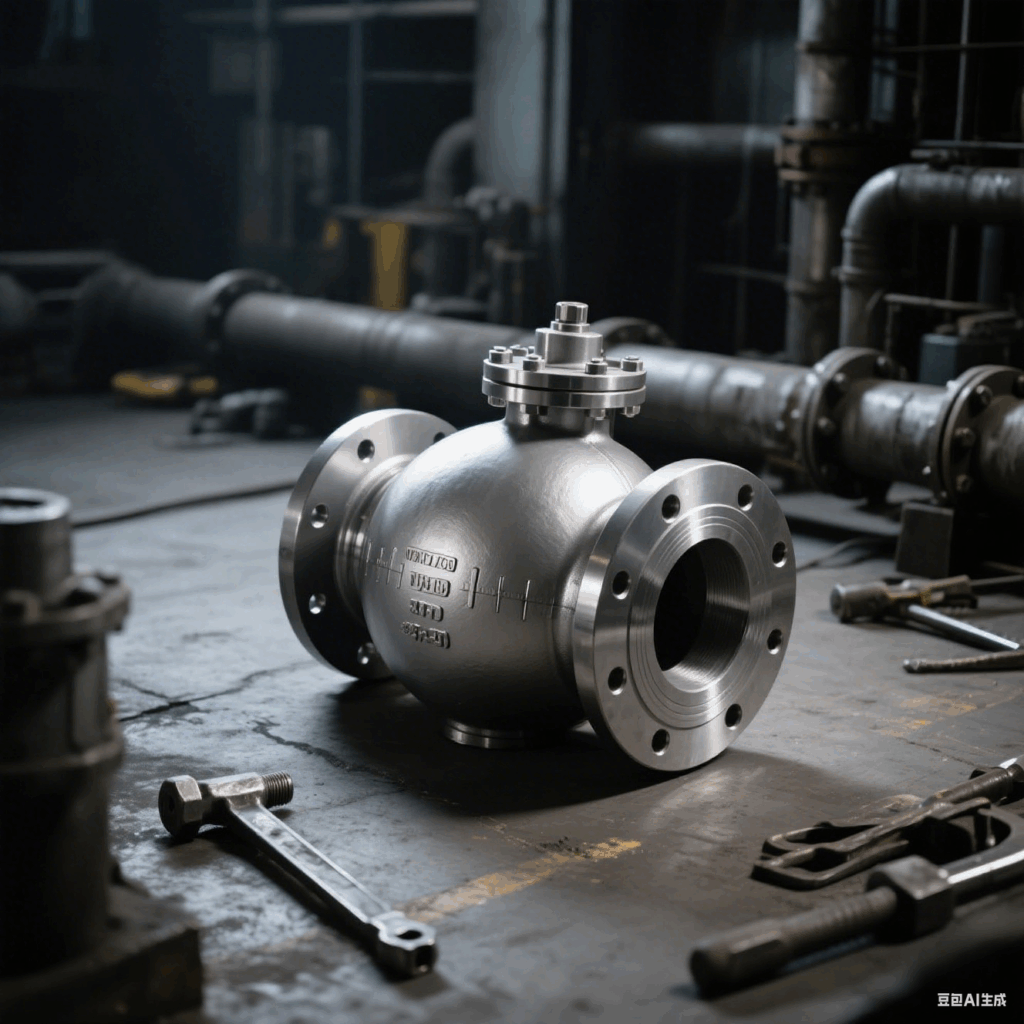For businesses trading valves internationally, accurate HS code classification is essential to avoid customs delays and unexpected tariffs. This blog breaks down the key HS codes for valves imported from China to the US, outlines classification criteria, and offers practical tips to ensure compliance.






Key HS Codes for Valves (CN → US)
Two primary HS codes apply to valves, each tailored to specific specifications:
| HS Code | Product Description | Tariff Rate |
|---|---|---|
| 8481803060 | Hand-operated globe valves made of steel, designed for pipes, boilers, tanks, etc. Includes pressure-reducing and thermostatically controlled valves. | 60.6% |
| 8481809050 | Other valves not specified in narrower categories, covering various types (e.g., ball valves, gate valves) for fluid control systems. | 57.0% |
How to Classify Your Valve Correctly
1. Identify Valve Type & Material
- Globe Valves (8481803060):
- Material: Must be steel (verify alloy composition, e.g., carbon steel, stainless steel).
- Operation: Hand-operated (e.g., manual lever or wheel).
- Design: Globe-type structure, which regulates flow via a movable disk against a seat.
Example: A steel manual globe valve for industrial pipelines.
- Other Valves (8481809050):
- Applies to valves like ball valves, gate valves, check valves, or those with electric/pneumatic operation.
- Use this code if your valve doesn’t fit the specific criteria for 8481803060.
Example: A cast iron ball valve or an automated butterfly valve.
2. Understand Tariff Components
- 8481803060 (60.6% total tax):
- Basic duty: 5.6%
- Additional duties: 25.0% (current) / 30.0% (post-April 2025)
- 8481809050 (57.0% total tax):
- Basic duty: 2.0%
- Additional duties: 25.0% (current) / 30.0% (post-April 2025)
Note: Tariffs are calculated based on the declared value, so accurate pricing is critical.
3. Common Misclassification Risks
- Confusing material types: A valve labeled “steel” but made of cast iron should use 8481809050 (not 8481803060).
- Overlooking operation method: Electric or hydraulic valves fall under 8481809050, not the hand-operated code.
- Valve parts vs. complete units: Components like valve seats or stems may have different HS codes (e.g., 848190, not 848180).
Practical Tips for Importers
- Material Certification:
- For steel valves, provide a mill test report confirming alloy composition (e.g., ASTM A105 for carbon steel).
- If unsure, request a material analysis from the manufacturer.
- Technical Documentation:
- Include detailed specs in customs paperwork:
- Valve type (globe, ball, etc.)
- Operation method (manual, electric, pneumatic)
- Pressure rating (e.g., 150 PSI)
- Application (water, gas, oil pipelines)
- Include detailed specs in customs paperwork:
- Tariff Planning:
- For high-volume imports, consider applying for a binding ruling from customs to lock in classification.
- Note the tariff increase to 30% additional duty post-April 2025—adjust pricing strategies accordingly.
- Seek Expert Advice:
- If classifying complex valves (e.g., pressure-relief valves or those with electronic controls), consult a customs broker or trade attorney.
Streamline Your Classification Process
For detailed product-specific HS code lookup and updated tariff data, visit our comprehensive guide: https://www.fiowind.com/detail/VALVE/CN/US.
Accurate HS coding ensures smooth customs clearance and helps optimize supply chain costs. By prioritizing material verification and technical accuracy, you can navigate international trade with confidence.
#HSCode #ValveImport #TradeCompliance
